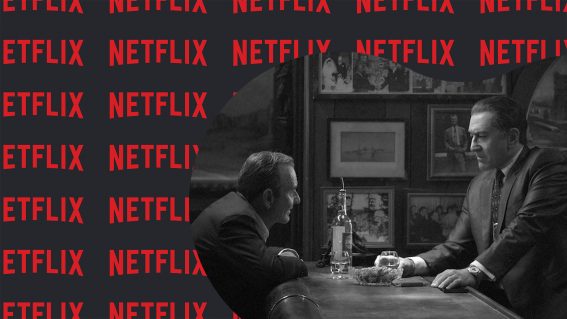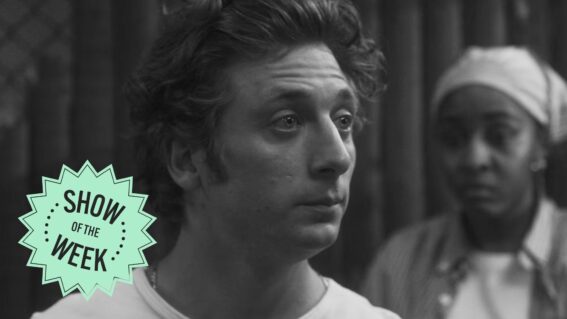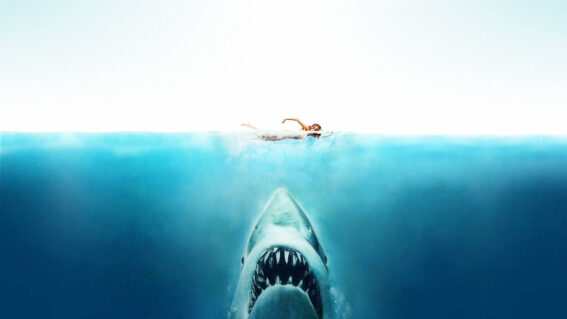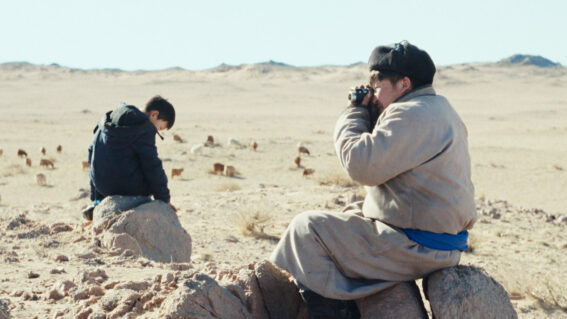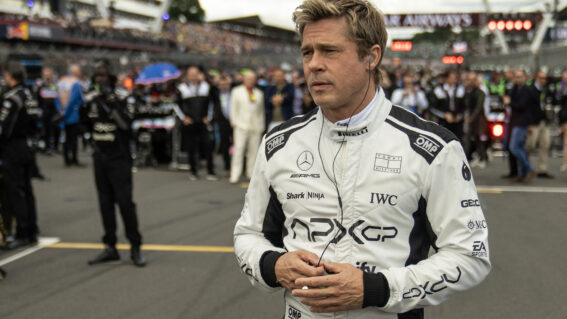The bold and aggravating experiment of Here
Hollywood movies are rarely as experimental as this – but by god, there are downsides.
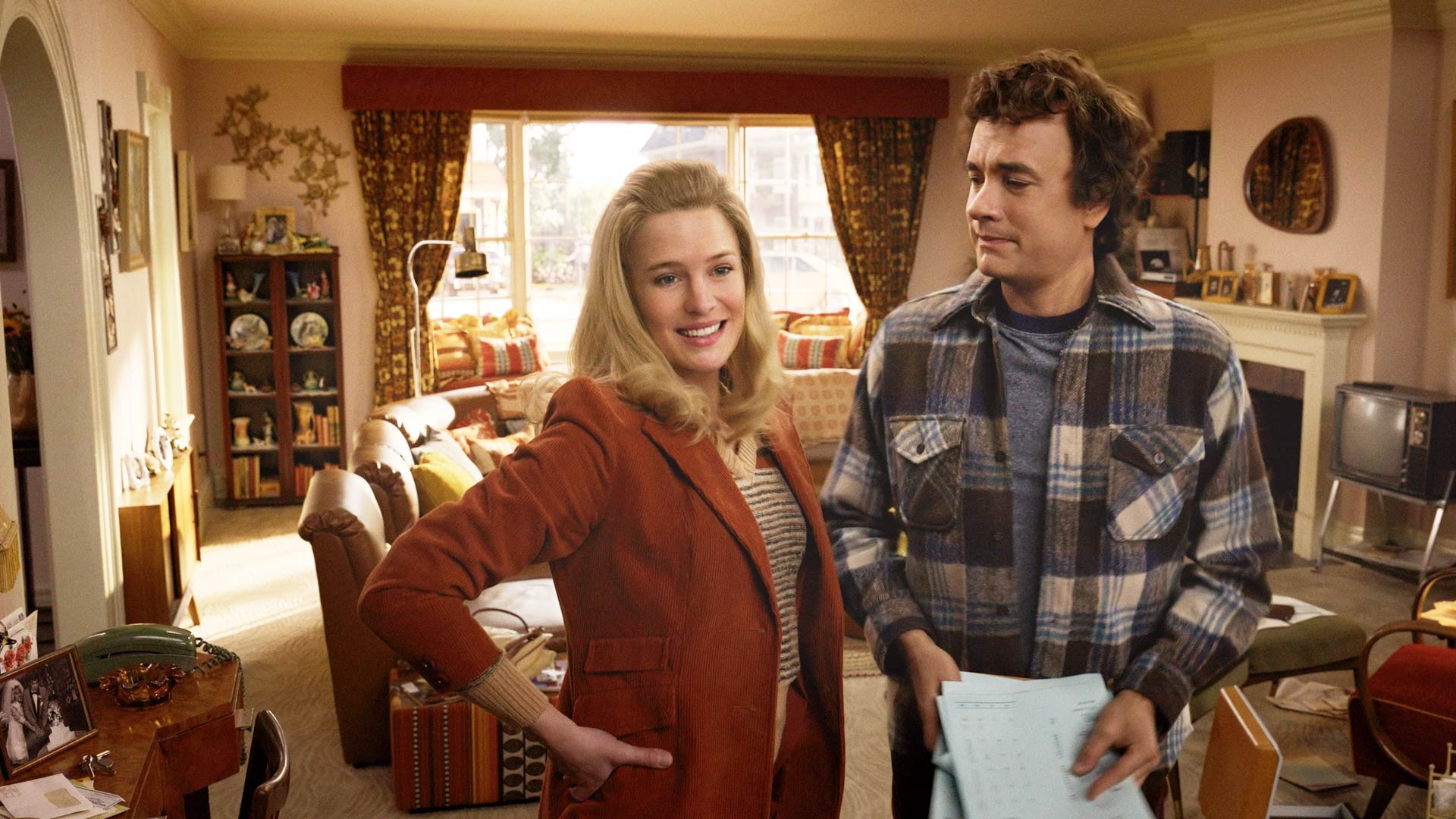
Based in a single location, and unfolding with one camera angle, Here is a daringly bold and unusual experiment. But, writes Luke Buckmaster, here’s the thing…
Places tell stories, and stories belong to places. That simple truth is core to Here: a rare example of a multiplex movie that’s both truly experimental, devoted to executing a boldly unusual visual concept, as well as truly Hollywood. Not in a good way: like much of veteran director Robert Zemeckis’ work, it has an air of unreality, stilted and lacquered in that very American studio-mandated style. Flecks of mawkishness snowball into full-blown cheese. By the time the closing credits roll, we’ve been everywhere and nowhere—the entire runtime taking place in one location at different points in time.
This alone is unconventional. But Zemeckis raises the stakes by restricting the space to the living room of a house in New Jersey, and maintaining the same camera angle: a wide shot that typically depicts a bay window towards the back, actors occupying the middle ground and foreground. I say “typically” because we even see the house before it was built— as in, really before, going way back to prehistoric times, dinosaurs stomping around. We watch centuries pass, rocks, ice, volcanoes etcetera preceding the formation of lush greenery and fertile land, accompanied by a strings-swelling orchestral score.
Before too long, Tom Hanks—playing Richard, and aged to look very old—saunters into the room, his body language indicating that he’s familiar with the space. Hanks soon returns looking very young, alongside Robin Wright’s Margaret, both victims of distracting deaging technology, which has been justly criticized but is actually one of the film’s smaller problems. There’s an interesting—and frustrating—dichotomy at the heart of it. Locationally it couldn’t be more fixed in place, but temporally it’s all over the place, constantly jumping around to other characters including Richard’s parents (Paul Bettany and Kelly Reilly) and a black family (Nicholas Pinnock, Nikki Amuka-Bird and Cache Vanderpuye) living in the house throughout COVID.
The reliance on one location leads Zemeckis and co-writer Eric Roth to fill it with dramatic events. At various points we witness a birth, a wedding, a funeral, multiple deaths, plus various significant declarations and dialogue exchanges. This is not unbelievable, or even unrealistic; god knows what happens in people’s living rooms. Probably everything under the sun, on a long enough timeline—and boy this timeline is long.
Even when Zemeckis was artistically peaking (in the mid-80s to mid-90s, the era of the Back to the Future trilogy and Who Framed Roger Rabbit?) he was never a great dramatist. Never the guy you turned to for insights into the human condition. Which might be why he makes so many frustrating choices in Here, letting dull moments linger, clipping potentially interesting ones, and including scenes that feel ill-fitting—such as a monologue delivered by a Black father to his son, about how to deal with being pulled over by a cop, which this film is in no way equipped to do justice to.
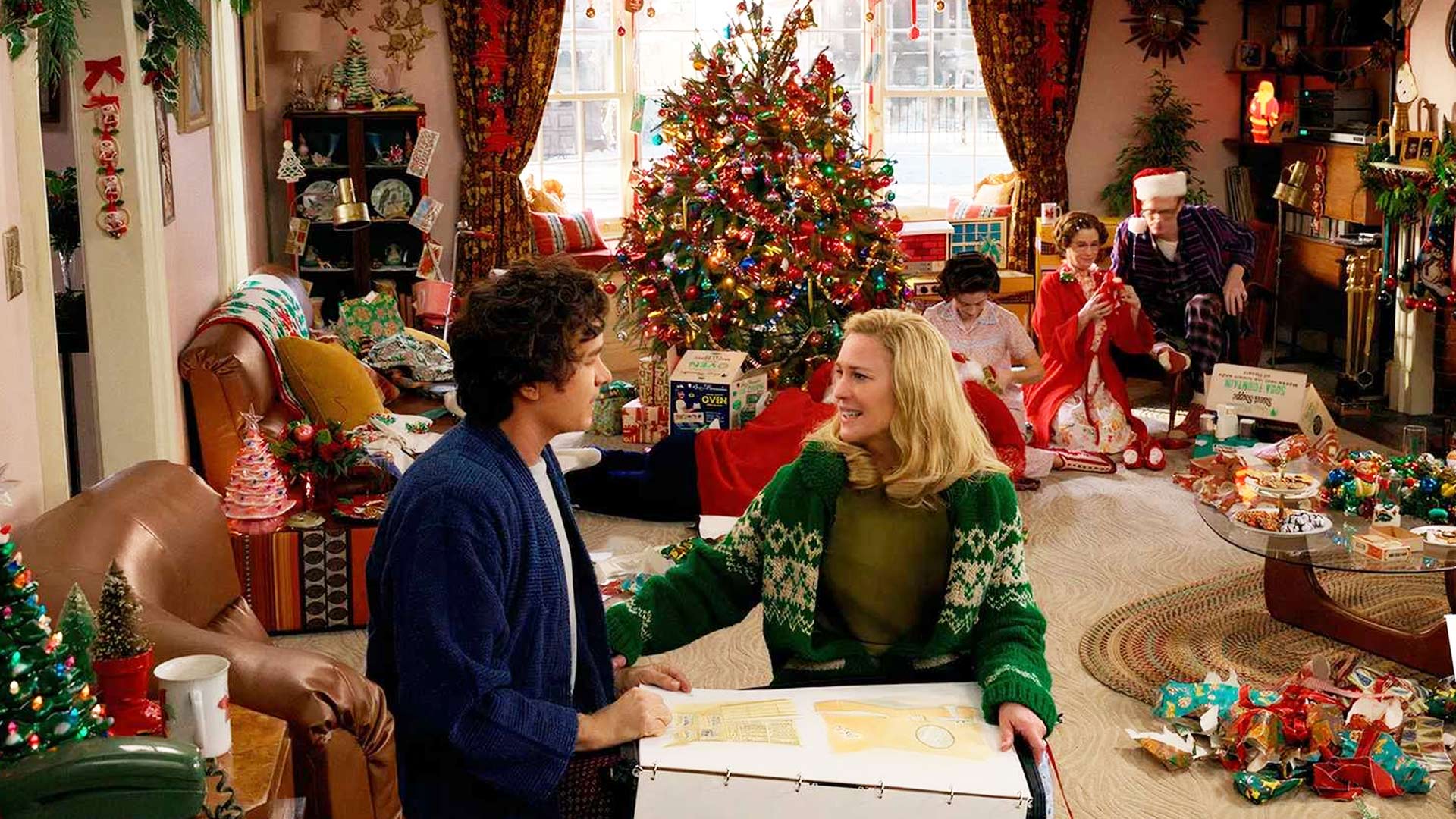
Staged with that same wide angle shot, in that same location, the film’s central novelty (adapted from Richard McGuire’s graphic novel of the same name) really is its reason for being, its raison d’être. Here brought to my mind the writing of André Bazin, one of history’s most influential film critics, who described “essential cinema” as “a question of respect for the spatial unity of an event.” Bazin favoured mise-en-scene over montage, and long takes over quick cuts, because from his perspective this placed the onus on the viewer to interpret moments for themselves.
Here both follows Bazin’s creed, and spectacularly violates it. There’s spatial unity in the sense the film is, very much, based in one space. But—at the risk of sounding a little philosophical—what is space without time? How can we feel rotted in one place, when, timeline-wise, we’re being tossed like salad ingredients?
Zemeckis’ boring and discombobulating movie suggests we can’t. But I can think of one brilliant example that shows us we can. Patrick Osborne’s Oscar-nominated short film Pearl takes place entirely inside a car, jumping between different points in time to fold together the details of a father and daughter’s relationship. We watch their lives evolve as the film unpacks, in a way that’s not cheesy at all, the metaphor of life as a road, a journey rather than a destination. In five minutes, this exquisite film (watchable on YouTube) says more than Zemeckis did in 104.











